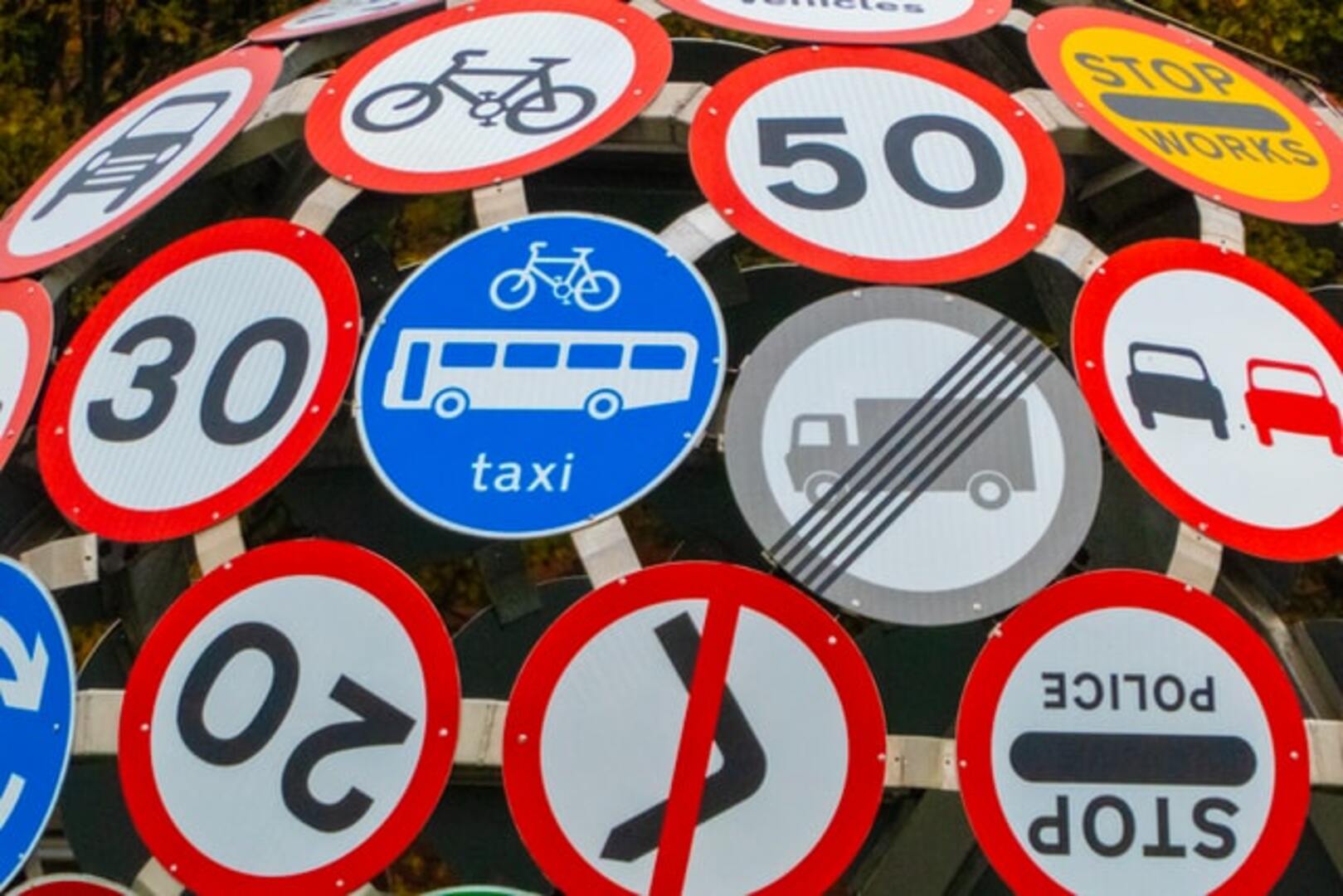
Back to News Hub


08 April 22
How Recent Changes to the Highway Code Impact Trucks and Vans
What are the recent changes to the highway code and how does it impact on trucks and vans?
The recent changes brought in to make changes to the highway code will have an impact on the industry, this article explores what the changes have been and how they might impact the road haulage sector. We found that whilst a lot of truck drivers were aware of changes, few people in general, were sure what the changes were. So here is a piece not about 24 hour commercial tyre service or commercial tyre call-out service but perhaps something of wider interest, not only to truck drivers but also the commercial tyre fitter too. Some of the elements may well be a consideration on an emergency lorry tyre call out especially if the vehicle has to be pulled over close to a junction or across a cycle path to effect a daytime or even out of hours commercial tyre repair.
On January 29th 2022 the Government introduced a number of changes to the highway code following a research survey carried out in July to October 2020 which resulted in responses from more than 20,000 people.
Initially, there are changes to the hierarchy of vehicles using the road and the priority now favours those who are most at risk and accordingly there are 3 new rules.
1. Road users need to give due care and attention to other users including pedestrians and consider that they may be physically impaired in some way.
2. Specifically for Cyclists, horses, horse drawn carriages- must give way to pedestrians on a crossing and also cyclists on a parallel crossing. Pedestrians can use any part of the road or even cycle tracks and cyclists must give way to them on cycle tracks too.
3. Motorists including motorcycles must not cut across the path of a cyclist, pedestrian, horse or horse drawn vehicle for example to turn left. The driver must wait for the cyclist etc. to pass the junction before turning into it.
Similarly, pedestrians have priority when crossing the road at a junction, any vehicle turning into that junction needs to wait until the pedestrian has crossed. In exactly the same way as is the case for zebra crossings.
There are also rules related to courtesy in using shared spaces so people cycling are asked to:
- not pass people walking, riding a horse or driving a horse-drawn vehicle closely or at high speed, particularly from behind
- slow down when necessary and let people walking know they are there (for example, by ringing their bell)
- remember that people walking may be deaf, blind or partially sighted
- not pass a horse on the horse’s left
There is updated guidance for people cycling about positioning themselves which includes:
- riding in the centre of their lane on quiet roads, in slower-moving traffic and at the approach to junctions or road narrowings
- keeping at least 0.5 metres (just over 1.5 feet) away from the kerb edge (and further where it is safer) when riding on busy roads with vehicles moving faster than them
People cycling in groups now need to:
- be considerate of the needs of other road users
- can ride 2 abreast - and it can be safer to do so, particularly in larger groups or when accompanying children or less experienced riders
- People cycling are asked to be aware of people driving behind them and allow them to overtake (for example, by moving into single file or stopping) when it’s safe to do so.
When passing parked vehicles, cyclists are asked to:
- take care when passing parked vehicles, leaving enough room (a door’s width or 1 metre) to avoid being hit if a car door is opened
- watch out for people walking into their path
Of particular interest to truck drivers and other motorists is that they may cross a double-white line if necessary (provided the road is clear) to overtake someone cycling or riding a horse if they( the obstruction) are travelling at 10 mph or less.
There is also updated guidance on safe passing distances and speeds for people driving or riding a motorcycle when overtaking vulnerable road users, including:
- leaving at least 1.5 metres (5 feet) when overtaking people cycling at speeds of up to 30mph, and giving them more space when overtaking at higher speeds
- passing people riding horses or driving horse-drawn vehicles at speeds under 10 mph and allowing at least 2 metres (6.5 feet) of space
- allowing at least 2 metres (6.5 feet) of space and keeping to a low speed when passing people walking in the road (for example, where there’s no pavement)
Wait behind them and do not overtake if it’s unsafe or not possible to meet these clearances.
Cyclists passing slower-moving or stationary traffic can do so on their right or left but they should proceed with caution as people driving may not be able to see them. This is particularly important for truck drivers as follows:
- on the approach to junctions
- when deciding whether it is safe to pass lorries or other large vehicles
The code has been updated to clarify that when turning into or out of a side road, people cycling should give way to people walking who are crossing or waiting to cross.
There is new advice about new special cycle facilities at some junctions that now include small cycle traffic lights at eye-level height, which may allow cyclists to move separately from or before other traffic. People cycling are encouraged to use these facilities where they make their journey safer and easier.
There is also new guidance for people cycling at junctions with no separate facilities.
The code recommends that people cycling should proceed as if they were driving a vehicle where there are no separate cyclist facilities. This includes positioning themselves in the centre of their chosen lane, where they feel able to do this safely. This is to:
- make them as visible as possible
- avoid being overtaken where this would be dangerous
People cycling turning right are advised when using junctions where signs and markings tell them to turn right in 2 stages. These are:
- stage 1 - when the traffic lights turn green, go straight ahead to the location marked by a cycle symbol and turn arrow on the road, and then stop and wait
- stage 2 - when the traffic lights on the far side of the junction (now facing the people cycling) turn green, complete the manoeuvre
People cycling have priority when going straight ahead at junctions. The code clarifies that when people cycling are going straight ahead at a junction, they have priority over traffic waiting to turn into or out of a side road, unless road signs or markings indicate otherwise. People cycling are asked to watch out for people driving intending to turn across their path, as people driving ahead may not be able to see them.
People cycling, riding a horse and driving horse-drawn vehicles on roundabouts
The code has been updated to clarify that people driving or riding a motorcycle should give priority to people cycling on roundabouts. The new guidance will say people driving and or riding a motorcycle should:
- not attempt to overtake people cycling within that person’s lane
- allow people cycling to move across their path as they travel around the roundabout
The code already explained that people cycling, riding a horse and driving a horse-drawn vehicle may stay in the left-hand lane of a roundabout when they intend to continue across or around the roundabout.
Guidance has been added to explain that people driving should take extra care when entering a roundabout to make sure they do not cut across people cycling, riding a horse or driving a horse-drawn vehicle who are continuing around the roundabout in the left-hand lane.
Parking, charging and leaving vehicles
The code recommends a new technique when leaving vehicles. It’s sometimes called the ‘Dutch Reach’. Where people driving or passengers in a vehicle are able to do so, they should open the door using their hand on the opposite side to the door they are opening. For example, using their left hand to open a door on their right-hand side.
This will make them turn their head to look over their shoulder behind them. They’re then less likely to cause injury to:
- people cycling or riding a motorcycle passing on the road
- people on the pavement
Using an electric vehicle charge point
For the first time, the code includes guidance about using electric vehicle charging points. When using one, people should:
- park close to the charge point and avoid creating a trip hazard for people walking from trailing cables
- display a warning sign if you can
- return charging cables and connectors neatly to minimise the danger to other people and avoid creating an obstacle for other road users
Overall in total, 10 sections of The Highway Code have been updated, with 50 rules being added or updated.
You can find a summary of all the changes in The Highway Code updates list on GOV.UK.
Our thanks and acknowledgement to the Government’s highway code website:
Related Articles



